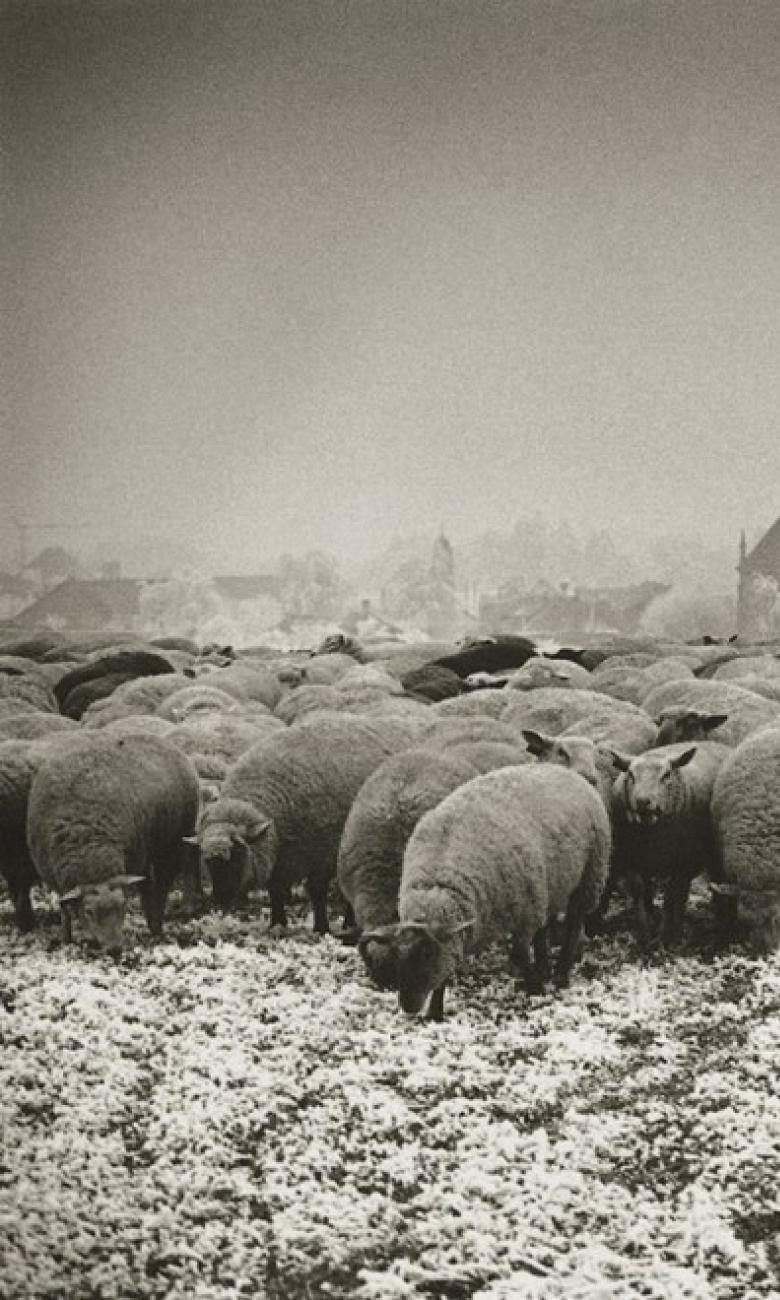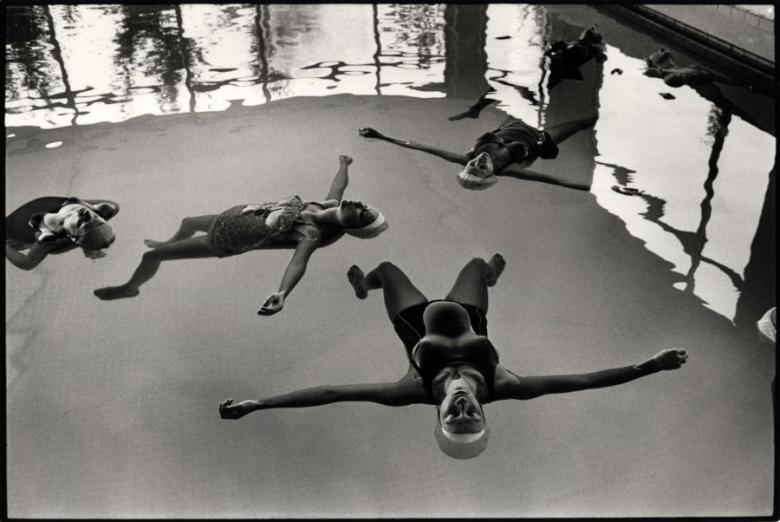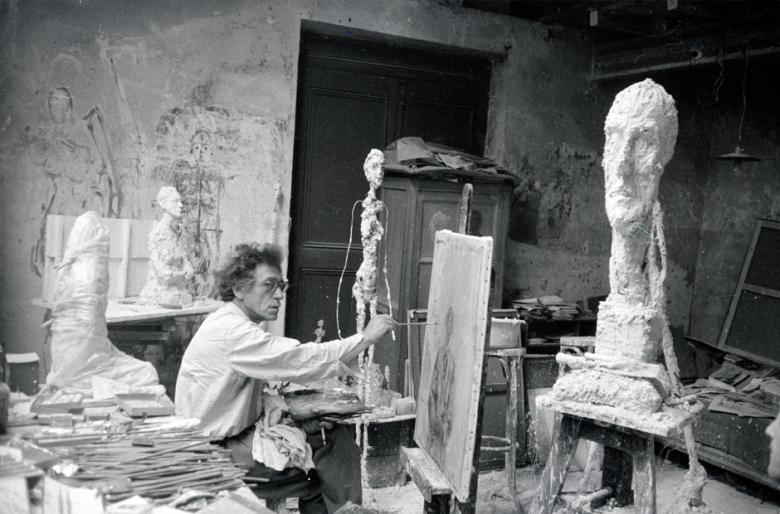Great figures in Swiss photography
The works of Swiss photographers have a story to tell. They are recognisable the world over and some have even become classics of their genres. Like those of Monique Jacot and Werner Bischof, they show the development of photography over the second half of the 20th century, when the medium was caught between commercial demand and free artistic expression.
Photographers who hit the road and struck out in different directions
Everybody is familiar with 'The Americans', that great classic published in 1958, but few are aware that its creator, the famous Robert Frank, was born in Zurich, just after the First World War. Ten years after emigrating to the United States, he set out to discover the country that would become his adopted home. Between 1955 and 1956, Frank travelled the highways of North America on a Guggenheim Fellowship, rubbing shoulders with legendary Beat Generation author Jack Kerouac along the way. His powerful, political work through film, video and photography is an iconoclastic manifesto.

Shirana Shahbazi's work also straddles two cultures, drawing on her native country, Iran. Her most recent major project, Monstera, features the abstract, sensual documentary images and lithographs that are typical of the artist's work. This photographic narrative of a three-month journey led her from her home in Zurich to Tehran, in a series of images stunningly exhibited in 2014 at the Kunsthalle in Bern, a selection of which are reproduced in a work of the same name. At just 42, Shahbazi is already considered a major photographic artist.
In Yann Gross's acclaimed debut work Horizonville, the canton of Valais meets the United States as he takes the viewer on a surreal ethnographic road trip (by moped) in the Rhône Valley, on the trail of enthusiasts of the Far West. From Uganda to Brazil, the young photographer from Vevey examines identity constructs in works that speak out for the communities he visits. In Arles Yann Gross, winner of the 2015 du Luma Rencontres Dummy Book Award, will present his new project (a book and performance) that will take us on a journey in the wake of Francisco de Orellana who brought the Amazon to the West in the 16th century.
The famous Marcel Imsand is another Swiss photographer who hit the road. A former precision mechanic and self-taught photographer, this engaging artist has come to be known for his documentation of the lives of the Vaudois and their changing landscapes. At ease in any register, he excelled in the depiction of his own region. His photographs of the 1977 Vevey winegrowers' festival have become a legend. Since 2012, his photographic archive has been kept at the Musée de l’Elysée no less!

Documenting society and political causes
Not only was Walter Pfeiffer able to make the transition from the golden age of photojournalism to contemporary photographic expression, he is also the photographer who has best documented the sexual revolution and concepts of identity. Trained in graphic and interior design, this artist born in 1946 knew how to lay his subjects bare like no other, in an inimitable style between immediacy and artifice. The Zurich artist, a veteran of the underground arts scene, is now internationally acclaimed. His works often hang alongside the likes of Balthasar Burkhard and other big names in contemporary art.
For all its quirkiness and striking colours, his work could be compared with that of Monique Jacot, photographer born in 1934 in Neuchâtel. Known for her 'Femmes de la terre' and 'Cadences - L'usine au féminin', her photo reportages and many highly sensitive portraits elegantly and lucidly defend the cause of women, documenting their working conditions in the countryside and in factories.
Women are also the subject of Iren Stehli's intensive work on the Czech Republic. Over the course of several decades, Stehli follows one woman in particular, Libuna, a Roma woman who lives in Prague. In an unsentimental manner, and often day by day, the Zurich artist documents upheavals in a country in the transition between political regimes.

They photographed the famous and the powerful
René Burri is revered by all lovers of great photography. Ernst Scheidegger, who died this winter, is perhaps less well known. One of the first to join the ranks of the legendary Magnum agency, and also the founder of his own publishing house and art gallery, he worked with Alberto Giacometti, photographing his life and work from their first meeting at military academy in 1943 until the death of the great painter from Ticino in 1966.
René Burri's portrait of Ernesto 'Che' Guevara, a cigar in the corner of his mouth, is famous the world over, but Luc Chessex, who lived in Cuba for 14 years in the 1960s and 70s, produced many equally iconic images. Working for the Ministry of Culture, he photographed the 'Líder Máximo', Fidel Castro, along with El Che, documenting the image cultivated by these charismatic figures of the Cuban Revolution. Back in Switzerland, the Lausanne photographer put his talent at the service of humanitarian causes, including that of the International Committee of the Red Cross, and more recently producing an exceptional series of works on multiculturalism.
René Burri. At last! The man who is said to have immortalised all of the historic upheavals of the last century began collecting celebrities at the tender age of 13, borrowing his father's camera to capture Winston Churchill in his car during his brief visit to Zurich. His own foundation, established in 2013, allowed him to bequeath a stock of 30,000 images to the Musée de l’Elysée shortly before he died after a long illness. We have only just begun to take stock of the timeless legacy of this greatest of photographers.




